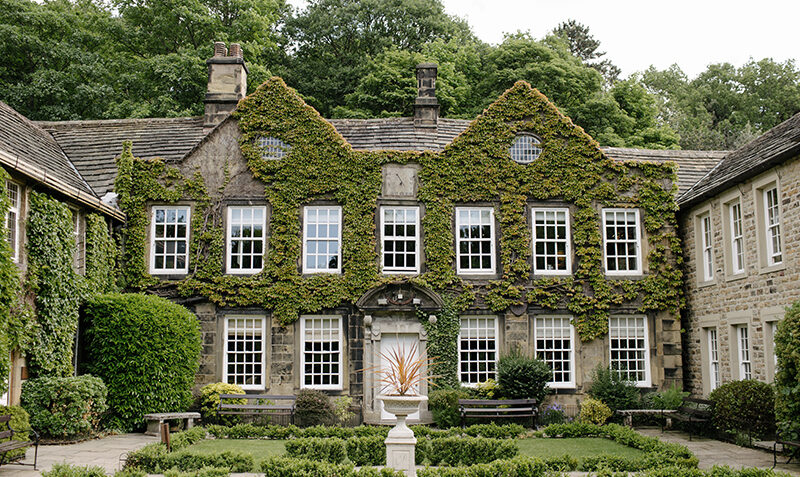A lack of awareness of green buildings, the fact that they are generally more expensive than other types of housing, and the challenges of delivering them on a large enough scale mean that green homes are not currently available to everyone. Addressing this problem will require financial incentives for both property developers and owners, as well as a nationwide education campaign.
Can we create green homes for all?

“A green home” is a house that is designed to be environmentally friendly. Green homes focus on the efficient use of energy, water and building materials.
A green home can use sustainably produced, environmentally friendly or recycled building materials. Green homes are really a no-brainer by 2022, but a lack of awareness of what they are prevents people from making informed choices, rather than there being a lack of interest in buying them.
After receiving information about green homes, 76% of people surveyed in a recent UK survey said they would be more likely to consider a green home for their next property.
Cost a significant factor
Cost is an important factor that people think about when they want to buy a new property, and the fact that green homes are usually more expensive than other types of houses can discourage people from choosing them.
A specific category of reluctant green home buyers are first-time buyers. This type of buyer tends not to be looking for their “forever home” and therefore does not plan to live in the property long enough to get a return on their investment.
The UK is lagging far behind the EU in providing short and medium term financial incentives for people who buy a green home.
Currently, only a handful of UK mortgage providers are offering better lending rates to homes classed as energy efficient, despite 80 per cent of respondents saying they would be more likely to consider a green home if there was a 30 per cent reduction in the property’s price.
Subsequent constructions
Homes built and bought now that do not have environmentally friendly and sustainable features will eventually need to be rebuilt.
This raises the question of who should bear this extra cost; if it is the consumer, the changes cannot be considered compulsory, but if it is the government, where does the budget come from? 80% of homes built now will still be there in 2050, plus 37% of these homes were built before 1946. For this reason, the technologies required to retrofit different types of properties can be quite complex.
When it comes to standardising green homes, there are some simple solutions that can be introduced. A nationwide education campaign is needed to address the public’s lack of knowledge about green homes. This can help raise awareness of what green homes are, how they benefit the consumer and how they reduce environmental impact.
Financial incentives
To bring down the price of green homes, financial incentives must be introduced to encourage the public to buy a green home. This could be reduced council tax or improved interest rates.
There would also need to be changes to help developers produce more green homes, through, for example, simplifying the planning process, increasing investment in the training of technical experts (such as heat pump installers) and improved rates for SMEs building green homes. Finally, grants should be introduced to help people update older properties with new green features.
Standardising green homes across Sweden will require a partnership between authorities and property developers, as well as a detailed plan outlining how to achieve this goal.
Short-term incentives, such as reduced council tax, will encourage some people in the current climate, but education about green homes will ensure a lasting effect.

